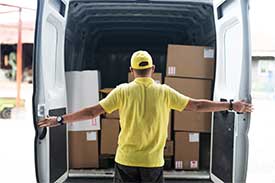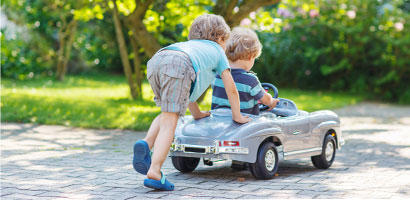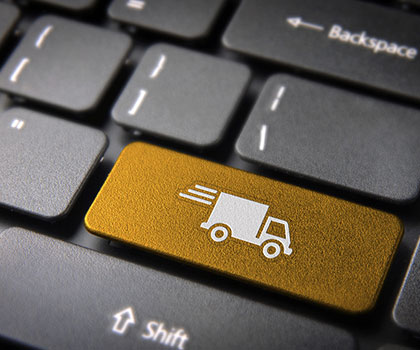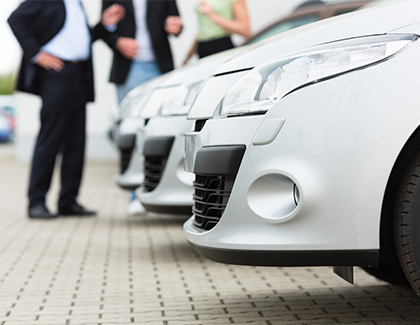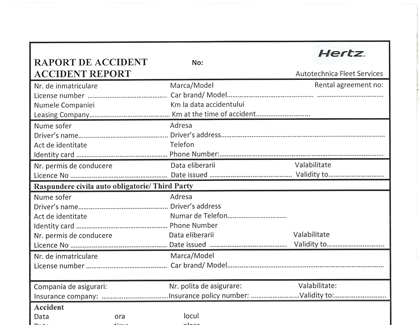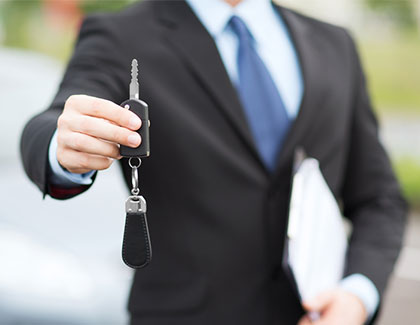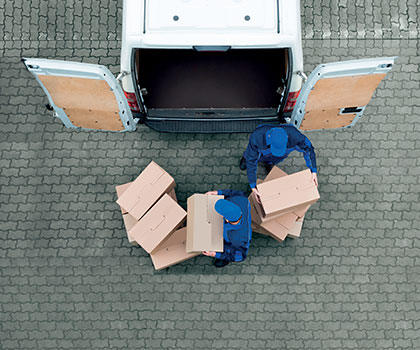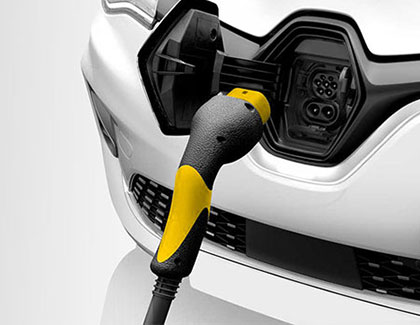
5+1 tips for driving on wet road
Rainy days can cause problems for drivers.
We remind you some simple tips that you should follow for good and safe travels.
Slow down
The best way to avoid slipping caused by water, dirt, oil, etc. is to slow down. Driving at a lower speed allows tires to have more contact with the road, which leads to a better adhesion.
Keep your distance from the car in front
Driving in the rain requires careful use of all major control points - steering wheel, clutch, brakes, and accelerator - as well as greater safety distance for possible errors and emergencies.
The braking distance in the wet is 3 times longer than in the dry surface, so you should keep a longer distance between your car and the vehicle in front than in dry conditions.
Be prepared for your transportation
When you start a rainy trip, your shoes will be wet and will slip easily off the pedals. Rub the soles of your shoes on the car floor before starting the engine. All drivers should check regularly that their headlights, taillights, brake lights and turn signals are working properly. Also, you need to make sure that your wipers are working and that their blades are in good condition.
Regain control after a slip
If your car slips, remember not to apply the brakes quickly or repeatedly if you have an ABS system. Apply strong, steady pressure to the brakes and drive in the direction of the slipping.
If the rain is very heavy, stop!
Heavy rain can overload the wipers, leaving a water film covering the windshield. When visibility is so limited that the edges of the road or other cars are not visible from a safe distance, it is time to get off the road and wait until the rain will stop.
It is best to stop in parking lots or other protected areas. If roadside is your only option, get as far as you can and wait for the storm to pass. Keep your headlights on and turn on the alarm lights to alert other drivers.
Check your tires systematically
Always check your tires before going out on the road. Make sure you do the following standard maintenance:
Keep your tires properly inflated. The correct air pressure for your tires is determined by the vehicle manufacturer and can be found on the edge of the vehicle door, the door post, and the case door or fuel door. It is also mentioned in the user manual. The number on the side of the tire is not the recommended air pressure - it is the maximum air pressure of the tire.
You should check the air pressure of your tire at least once a month. Check the tread depth of the tires. The normal tread depth helps you to avoid skidding and water slipping.
Try to avoid water slipping
Water sliding occurs when the rainwater is stronger than your car's weight can remove. Water pressure causes your vehicle to slip on a thin layer of water that builds up between your tires and the road. At this point, your car may completely lose contact with the road, running the risk of slipping or being off-lane, or even off-road.
To avoid water slippage, keep your tires at the right air pressure, maintain a good tread on your tires and replace them when needed. Slow down when the road is wet and stay away from potholes filled with water.
Try to follow the tires from the vehicles in front.
If you find yourself skidding, do not brake or turn sharply. This could make your car slip. Relax your foot on the accelerator until the car slows down and you can have better contact with the road.
If you need to brake, do it gently with light repetitive movements. If your car has ABS, then brake normally, the car computer will simulate repetitive movement whenever necessary.










